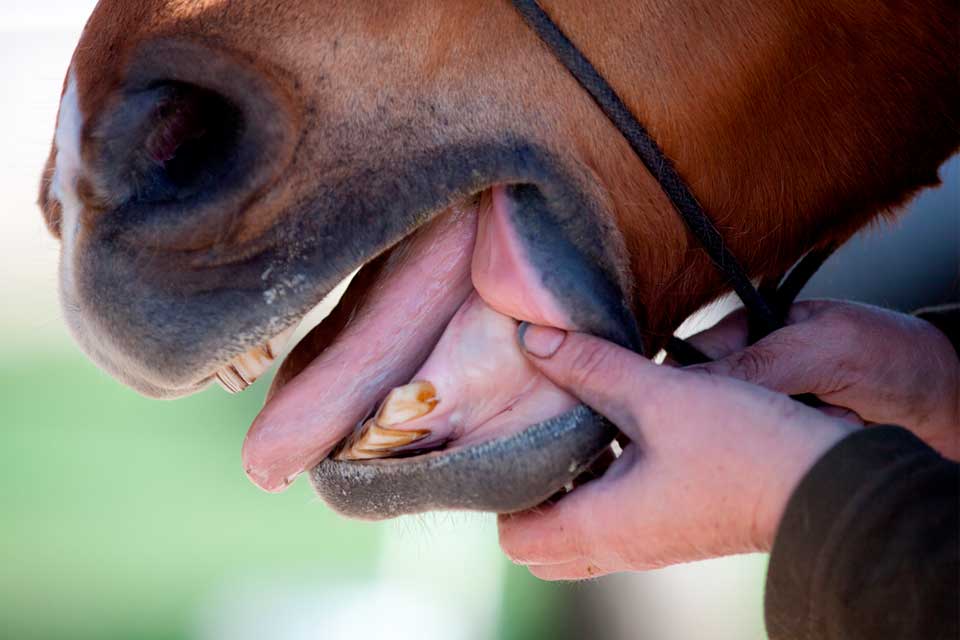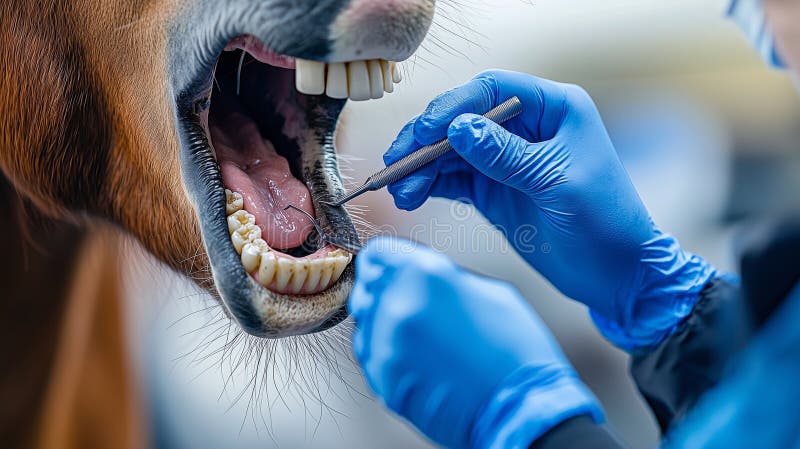When it comes to maintaining the health and well-being of horses, understanding horse teeth anatomy is crucial. Horses, like humans, require regular dental care to ensure they can eat comfortably and maintain overall health. In this article, we will delve into the fascinating world of equine dental structure and explore how it impacts a horse’s life.
Horses have evolved over millions of years, and their teeth have adapted to their grazing lifestyle. The horse teeth anatomy is specialized to handle a diet primarily consisting of fibrous plant material. Let’s begin our journey by exploring the basic structure of horse teeth.

The Basics of Horse Teeth Anatomy
The anatomy of horse teeth is unique and complex. Horses are herbivores, and their teeth are designed to grind and break down tough plant materials. A horse’s mouth contains incisors, canines, premolars, and molars, each serving a specific purpose.
Incisors
The incisors are the front teeth of the horse’s mouth. These teeth are used to grasp and tear grass and forage. Horses have six upper and six lower incisors, and they play a vital role in the initial stage of chewing.
Canines
Canines are not as prominent in horses as they are in carnivorous animals. In fact, not all horses have canines. When present, they are located between the incisors and premolars and are more common in males.
Premolars and Molars
The premolars and molars are located behind the canines. These teeth are responsible for grinding food into smaller, digestible pieces. Horses have three premolars and three molars on each side of their upper and lower jaws, totaling 24 cheek teeth.
The Importance of Dental Health in Horses
Maintaining good dental health is essential for the overall well-being of horses. Dental issues can lead to significant problems, including difficulty eating, weight loss, and behavioral changes. Regular dental check-ups are crucial to prevent these issues.
One common problem in horses is the development of sharp enamel points on their teeth. These points can cause discomfort and ulcers in the horse’s mouth, affecting their ability to chew properly. Regular dental floating, a process of filing down these points, is necessary to keep the horse comfortable.
Recognizing Dental Problems in Horses
It’s important for horse owners to be vigilant and recognize signs of dental problems early. Here are some common indicators:
Weight Loss and Poor Appetite
Horses with dental issues may experience difficulty eating, leading to weight loss and a reduced appetite.
Dropping Feed
If a horse frequently drops feed while eating, it may indicate dental discomfort.
Behavioral Changes
Horses in pain may exhibit changes in behavior, such as irritability or reluctance to be ridden.
Foul Odor
A foul odor from the horse’s mouth can signify dental infections or decay.
Preventive Dental Care for Horses
Preventive care is the best approach to maintaining your horse’s dental health. Regular dental examinations by a qualified veterinarian are essential. These examinations help identify and address issues before they become more severe.
Floating
As mentioned earlier, floating is a routine dental procedure that involves filing down sharp enamel points. This process helps ensure the horse’s comfort and ability to chew properly.
Balanced Diet
A well-balanced diet is crucial to support dental health in horses. Providing your horse with the right nutrients and forage can help maintain strong and healthy teeth.
Regular Check-Ups
Regular dental check-ups are essential to catch any issues early. A veterinarian can assess your horse’s dental health and recommend appropriate treatments.
For more tips on horse care, check out our article on horse shampoos.
The Lifelong Journey of Horse Teeth
Horses are unique in that their teeth continue to grow throughout their lives. This growth compensates for the natural wear and tear from chewing fibrous materials. However, this also means that dental care is a lifelong commitment for horse owners.
Age-Related Dental Changes
As horses age, their dental structure undergoes changes. Older horses may experience tooth loss or wear, which can affect their ability to eat. Regular dental care becomes even more critical as horses age.
Common Dental Procedures
In addition to floating, there are other dental procedures that may be necessary for horses, including tooth extraction and addressing dental infections. These procedures should only be performed by a qualified veterinarian.
To learn more about equine dental care, visit this external resource.
Conclusion: Caring for Your Horse’s Teeth
Understanding horse teeth anatomy is essential for any horse owner. By recognizing the unique dental structure of horses and providing regular dental care, you can ensure your horse leads a healthy and comfortable life. Dental health is a cornerstone of overall well-being for these magnificent animals.

FAQs
How often should a horse have a dental check-up?
Horses should have a dental check-up at least once a year. However, younger and older horses may require more frequent examinations.
What is dental floating for horses?
Dental floating is a procedure that involves filing down sharp enamel points on a horse’s teeth to prevent discomfort and improve chewing.
What are common signs of dental problems in horses?
Common signs of dental problems include weight loss, dropping feed, behavioral changes, and a foul odor from the mouth.
This article contains affiliate links. We may earn a commission at no extra cost to you.
